
Moldy, peeling walls—simple, cost-effective fixes any home can do
1) Safety first (2 minutes)
-
Wear gloves, goggles, and a mask/respirator (N95/FFP2).
-
Open windows and run a fan facing out to vent air.
-
Call a pro if: one continuous patch is larger than a door mat (≈1 m²/10 ft²), there’s strong musty odor after cleaning, you had flooding/sewage, or anyone at home has severe asthma/allergies.
2) Stop the moisture (so it doesn’t return)
Most mold/peeling starts with damp walls. Fix that first—often free or cheap:
-
Find the source: roof/plumbing leak, window seepage, shower steam, or condensation on cold walls.
-
Quick fixes
-
Tighten/replace leaky fittings, re-seal around tubs/sinks/windows with mildew-resistant silicone.
-
Run bathroom/kitchen exhaust fans during use and 15–20 min after.
-
Keep indoor humidity 40–55% (use a dehumidifier in rainy seasons).
-
Pull large furniture 5–10 cm (2–4 in) off exterior walls for airflow.
-
In corners that condense, add a draft-stop (seal gaps) or a thin foam/insulation panel behind furniture.
-
3) Dry the wall (free, just time)
-
Aim a fan at the damp area and, if possible, a second fan across the room to keep air moving.
-
Run a dehumidifier or AC to help.
-
Let surfaces dry fully (often overnight) before cleaning or painting; if you rush, new paint will bubble.
4) Remove loose paint cleanly
-
Lay down newspaper/cardboard.
-
Use a wide putty knife/scraper to lift only paint that’s already loose or blistered.
-
Feather sand the edges of intact paint (120–180 grit) so the surface feels smooth to the touch.
-
Vacuum dust and wipe with a slightly damp cloth; allow to dry.
5) Clean small, surface mold (budget methods that work)
Pick one method below; never mix chemicals. Always test a small spot first.
Dish-soap solution (gentle, universal)
-
1 liter warm water + 1–2 drops dish soap.
-
Wipe the area, rinse with clean water, dry completely.
White vinegar (great on tile/painted plaster)
-
Use undiluted white vinegar in a spray bottle.
-
Spray, wait 10–15 min, wipe.
-
Rinse lightly with water, dry with a fan.
3% hydrogen peroxide (stain fighter)
-
Spray 3% solution, let it foam for 10 min, wipe.
-
Rinse and dry.
Baking-soda rinse (deodorize + inhibit)
-
1 teaspoon baking soda in 500 ml water.
-
Wipe after cleaning; do not leave heavy residue (light film is fine). Dry well.
For porous/soft materials (unsealed drywall paper, acoustic panels): if the mold looks embedded rather than surface-level, the cheapest reliable fix is to cut out a small patch, let the cavity dry, then patch with new drywall and joint compound. For tiny scars or paper tears, seal first (see primer step).
6) Disinfect adjacent gaps and joints
-
Remove old, moldy caulk around tubs/sinks.
-
Wipe the gap with vinegar or peroxide; let dry.
-
Re-caulk with mildew-resistant silicone. This single step prevents many comebacks.
7) Prime so stains don’t bleed through
A good primer is the best money you’ll spend here.
-
Use a stain-blocking, mold-resistant acrylic primer (often labeled “for bathrooms/kitchens” or “with mildewcide”).
-
On areas with torn drywall paper or minor pitting, apply a sealing primer first, then a second coat of stain-blocking primer.
-
Let each coat dry per label; don’t shortcut this or you’ll see yellow/brown stains later.
8) Patch, sand, and make it disappear
-
Fill chips and shallow divots with ready-mix joint compound or lightweight spackle.
-
Let it dry, sand smooth (180–220 grit), dust off, and spot-prime patched spots again.
9) Paint for damp rooms (washable = longer-lasting)
-
Choose a satin or semi-gloss in bathrooms/kitchens; it resists moisture and cleans easily.
-
Consider a mildew-resistant interior paint or add an anti-mold paint additive (low cost).
-
Apply two thin coats, allowing proper dry time between coats.
10) Low-cost prevention habits
-
After showers: door or window open + fan for 15–20 min.
-
Weekly: quick wipe of corners and window frames; check for condensation lines.
-
Monthly: clean exhaust fan covers and ensure they actually vent outside.
-
Seasonally: look behind wardrobes/bookshelves on exterior walls; if cool and damp, increase spacing or add small felt/foam spacers.
11) Troubleshooting quick guide
-
Mold returns within weeks → Moisture persists. Recheck fan run-time, leaks, and humidity. Consider a small dehumidifier.
-
New paint peels/bubbles → Surface wasn’t fully dry or primed. Dry, sand lightly, prime properly, repaint.
-
Yellow stains bleeding through → Use a stain-blocking primer (one or two coats), then repaint.
-
Cold wall keeps condensing → Improve airflow, seal drafts, add a slim insulating lining or thermal paint in that zone.
12) Budget shopping list (flexible)
-
Gloves, goggles, N95/FFP2 mask
-
Putty knife + 120/180/220-grit sandpaper
-
Microfiber cloths + bucket + dish soap
-
White vinegar or 3% hydrogen peroxide (choose one)
-
Baking soda (optional rinse)
-
Mildew-resistant silicone caulk + caulk tool
-
Stain-blocking, mold-resistant primer (1–2 liters for a small room)
-
Joint compound/spackle + small sanding block
-
Washable interior paint (satin/semi-gloss for damp rooms)
The takeaway
Treat small mold and peeling like a moisture problem first, a cleaning task second, and a paint-prep job third. If you dry thoroughly, clean with one safe method, prime correctly, and improve airflow, your walls will stay clean and intact far longer—without expensive products or specialist tools.
News in the same category

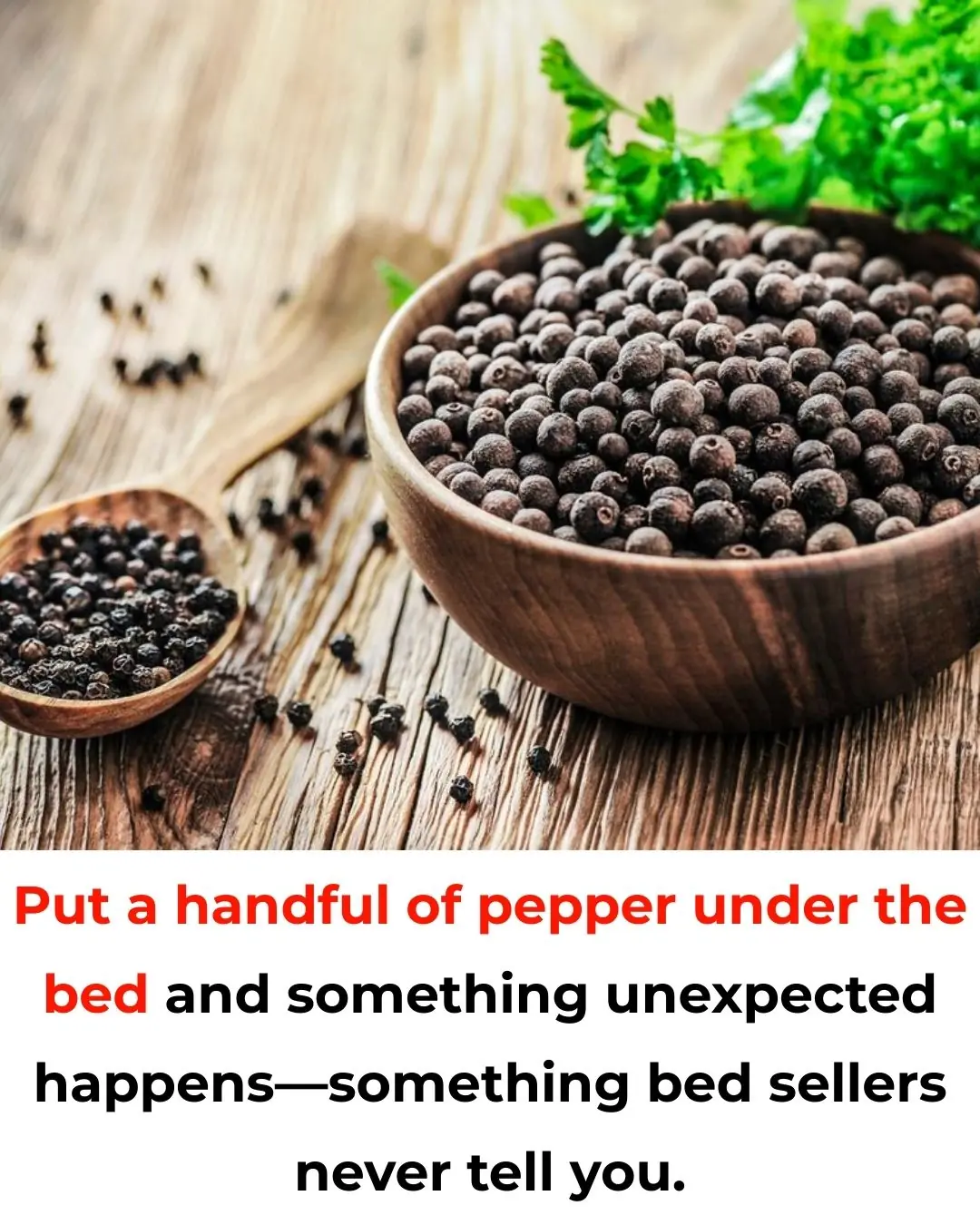
Put a Handful of Pepper Under the Bed and Something Unexpected Happens—Something Bed Sellers Never Tell You

Rice Left in the Rice Cooker Overnight—Can You Still Eat It? The Answer May Surprise You
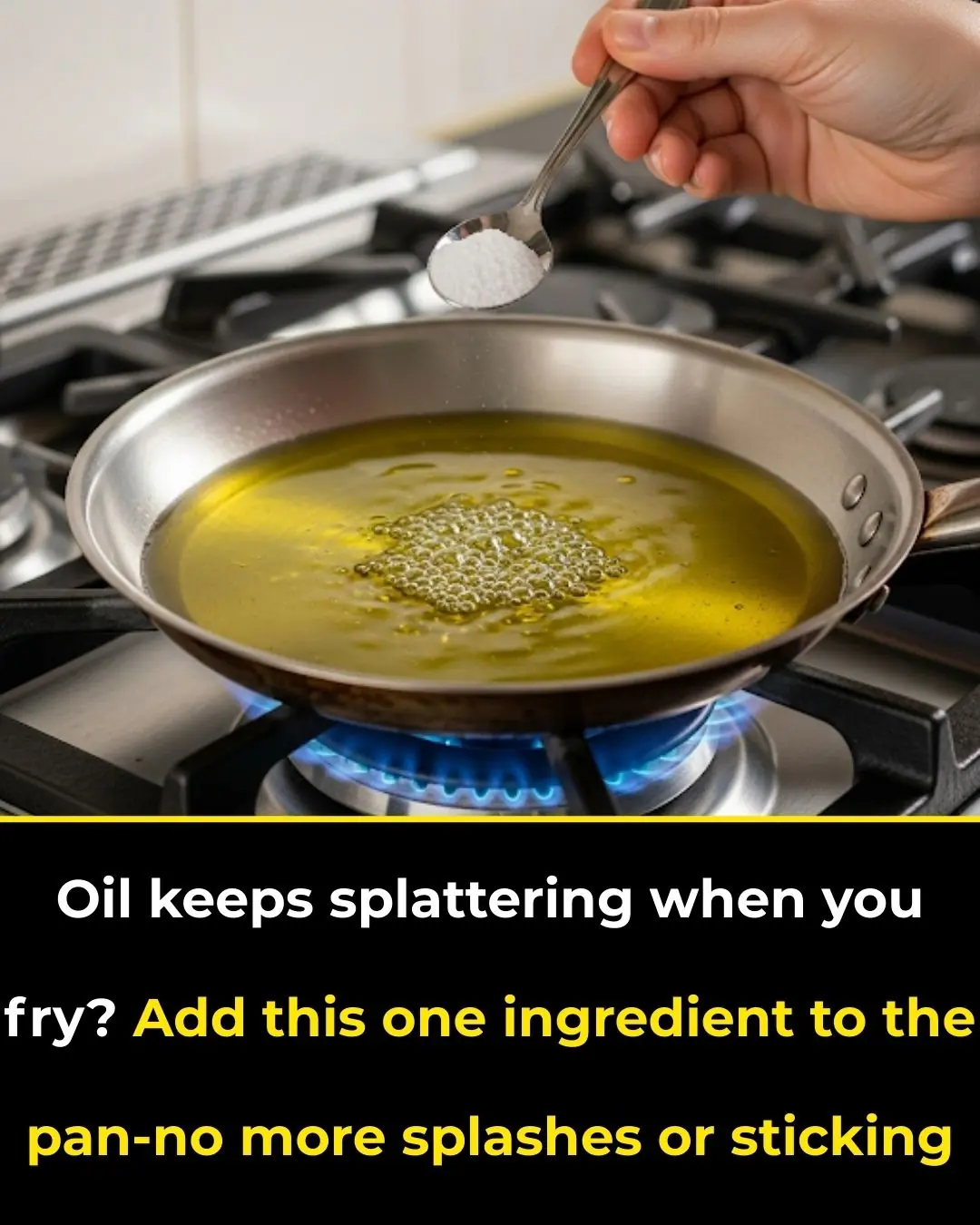
Oil Keeps Splattering When You Fry? Add This One Ingredient to the Pan—No More Splashes or Sticking
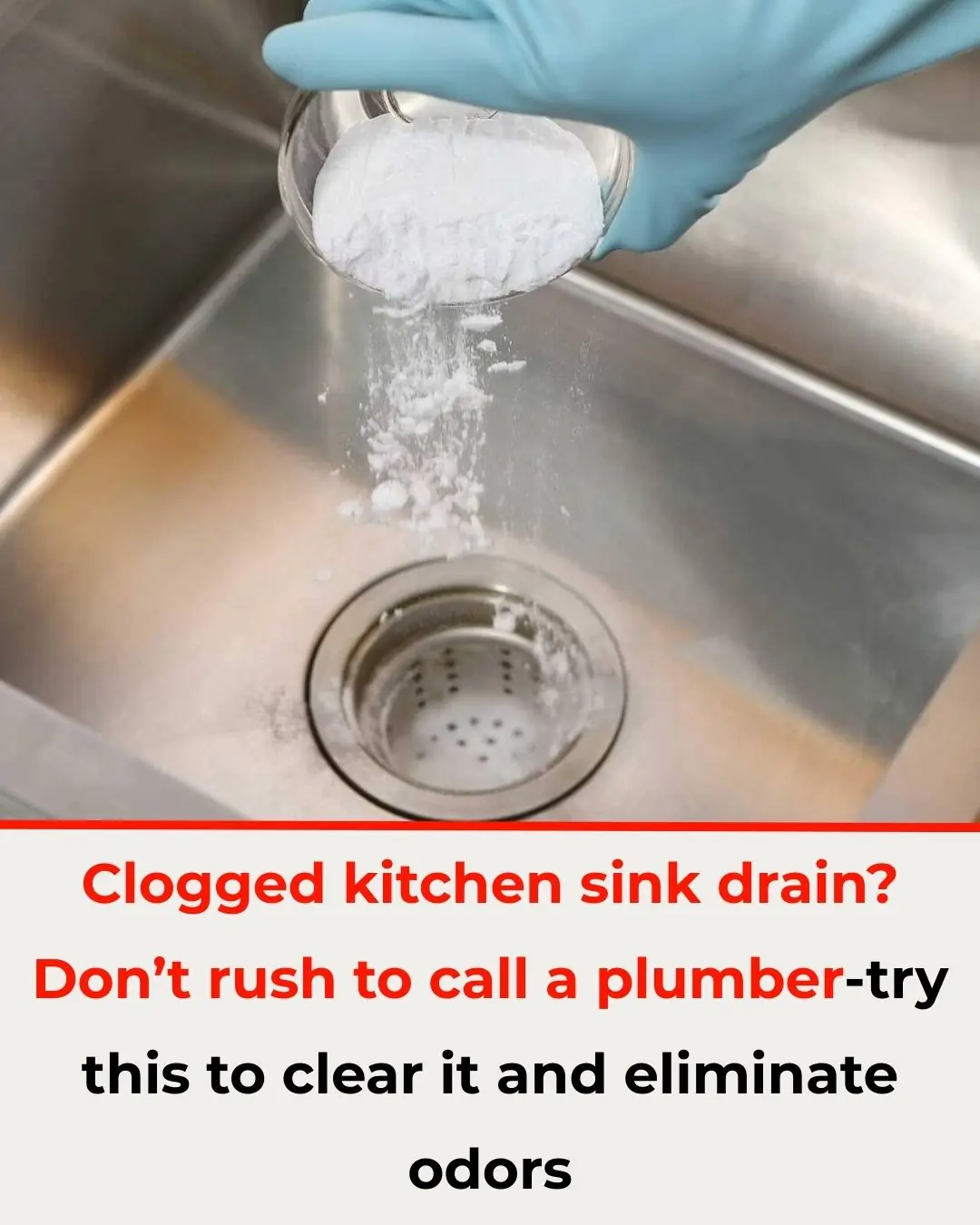
Clogged Kitchen Sink Drain? Don’t Rush to Call a Plumber—Try This to Clear It and Eliminate Odors
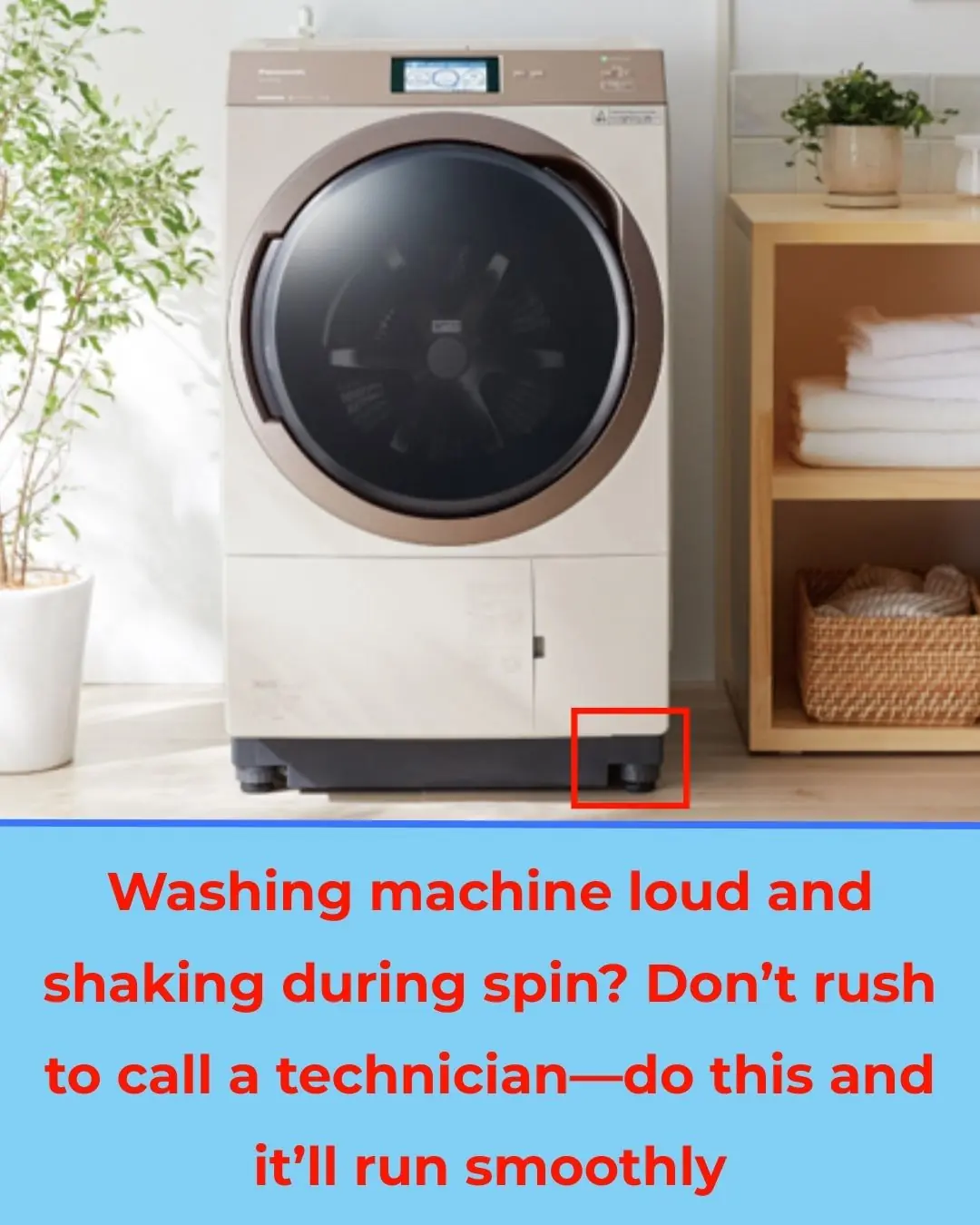
Washing Machine Loud and Shaking During Spin? Don’t Rush to Call a Technician—Do This and It’ll Run Smoothly
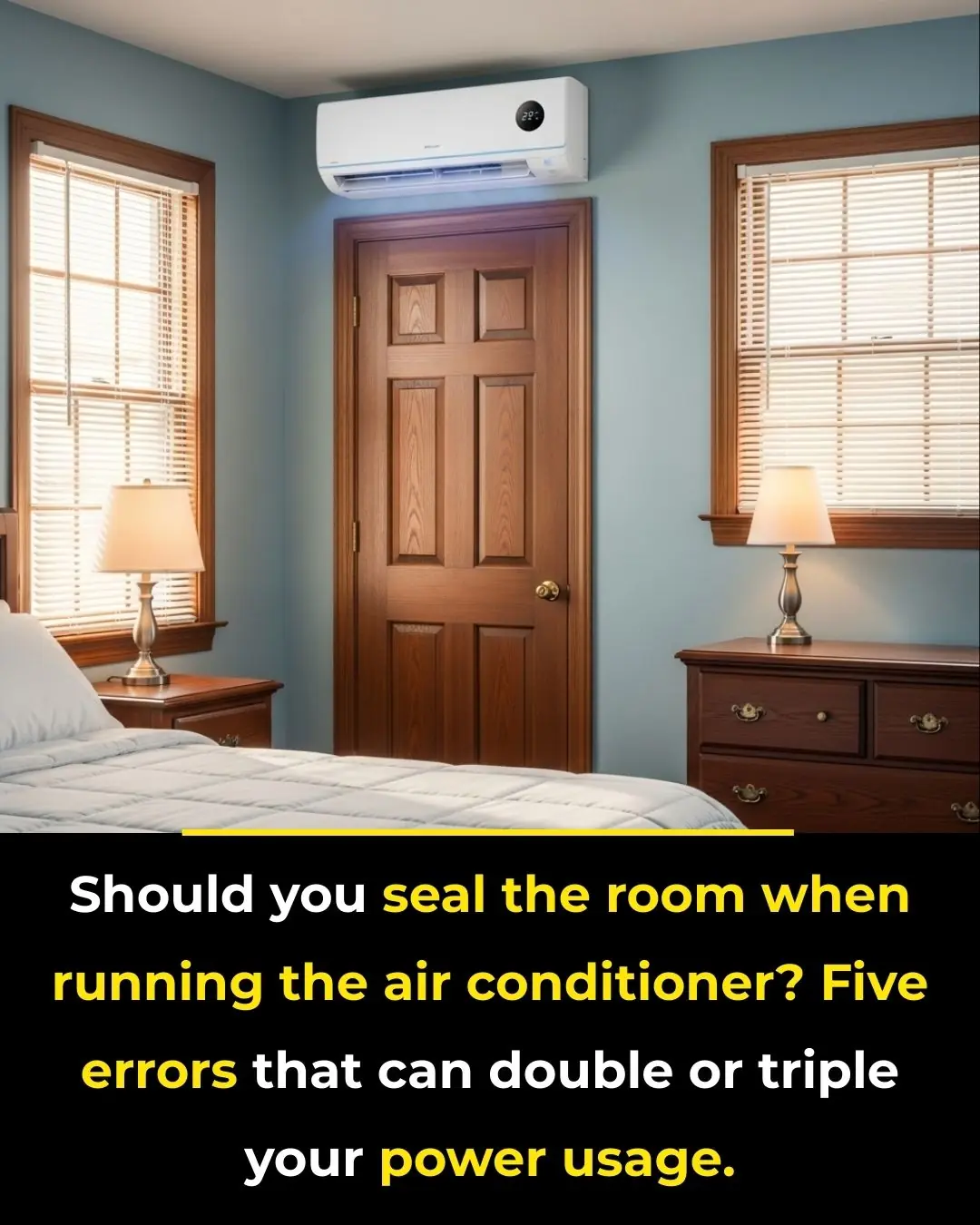
Should You Seal the Room When Running the Air Conditioner? Five Errors That Can Double or Triple Your Power Usage

Using an Electric Kettle: 9 Out of 10 Homes Make This Common Mistake – It’s Worth Reminding Family to Correct It Early
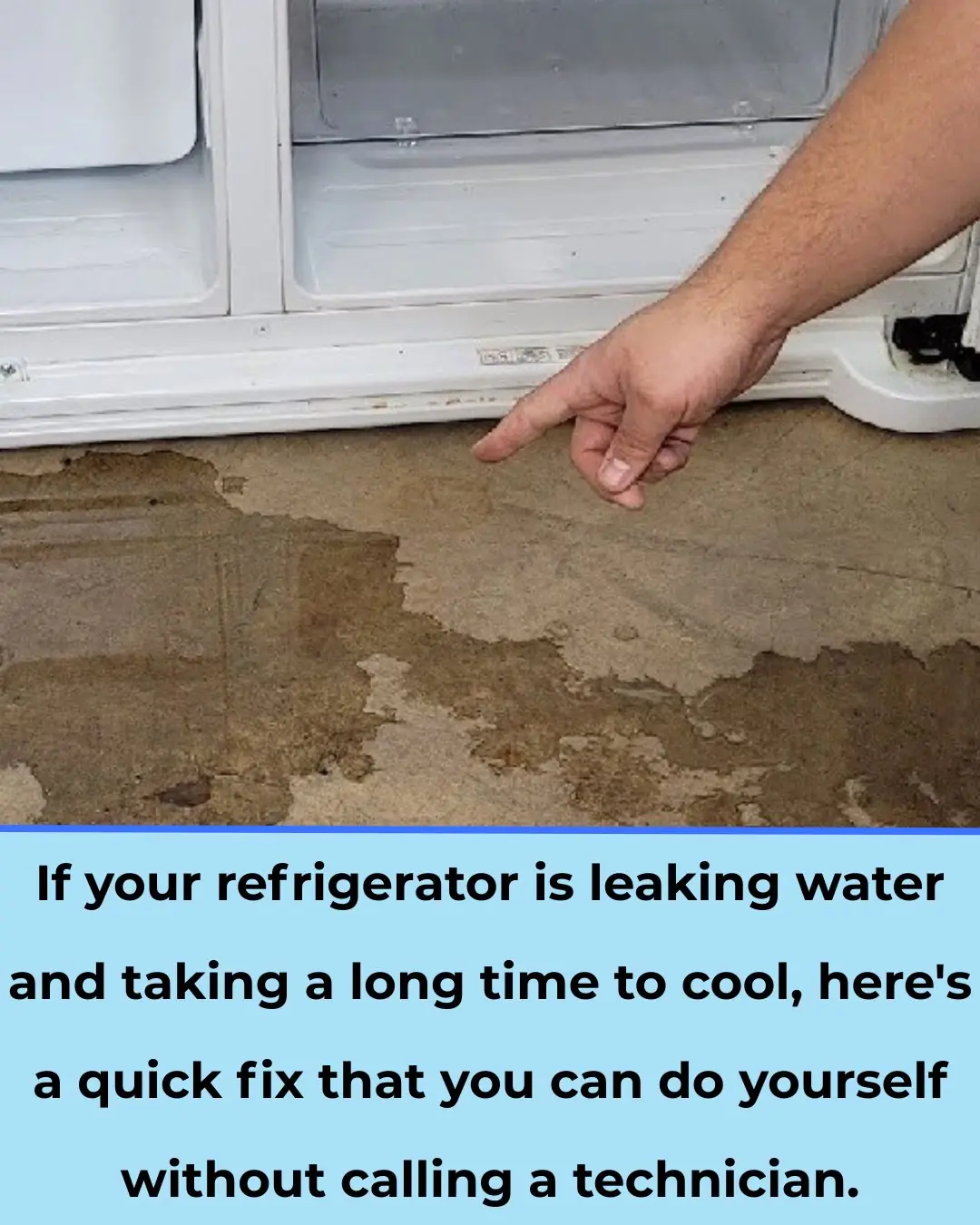
Fridge leaking water and cooling slowly? Do this quick DIY before calling a tech
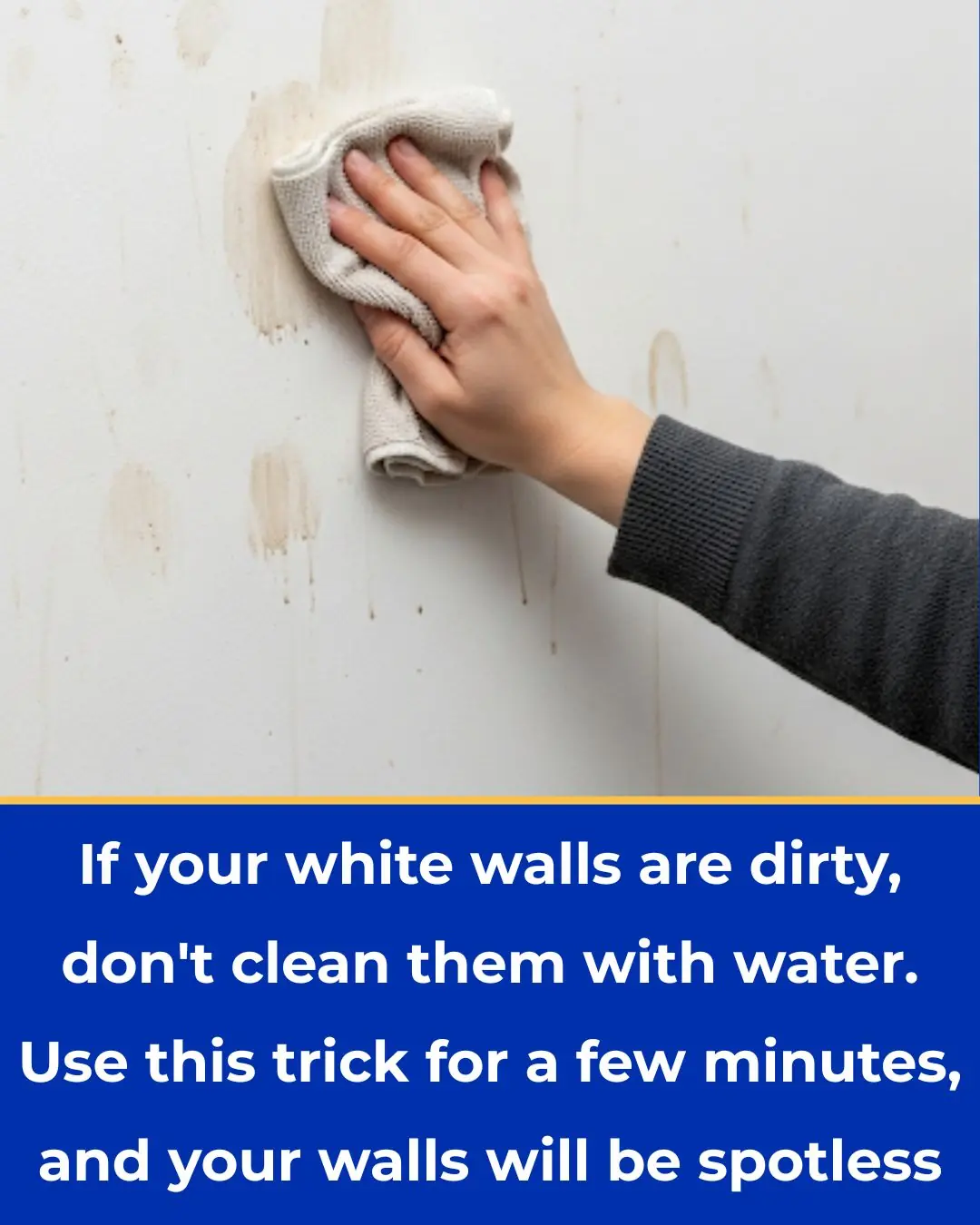
If your white walls are dirty, don’t use water—try this 5-minute “dry-clean” trick

8 types of plants that snakes avoid, do not dare to plant them near your house.
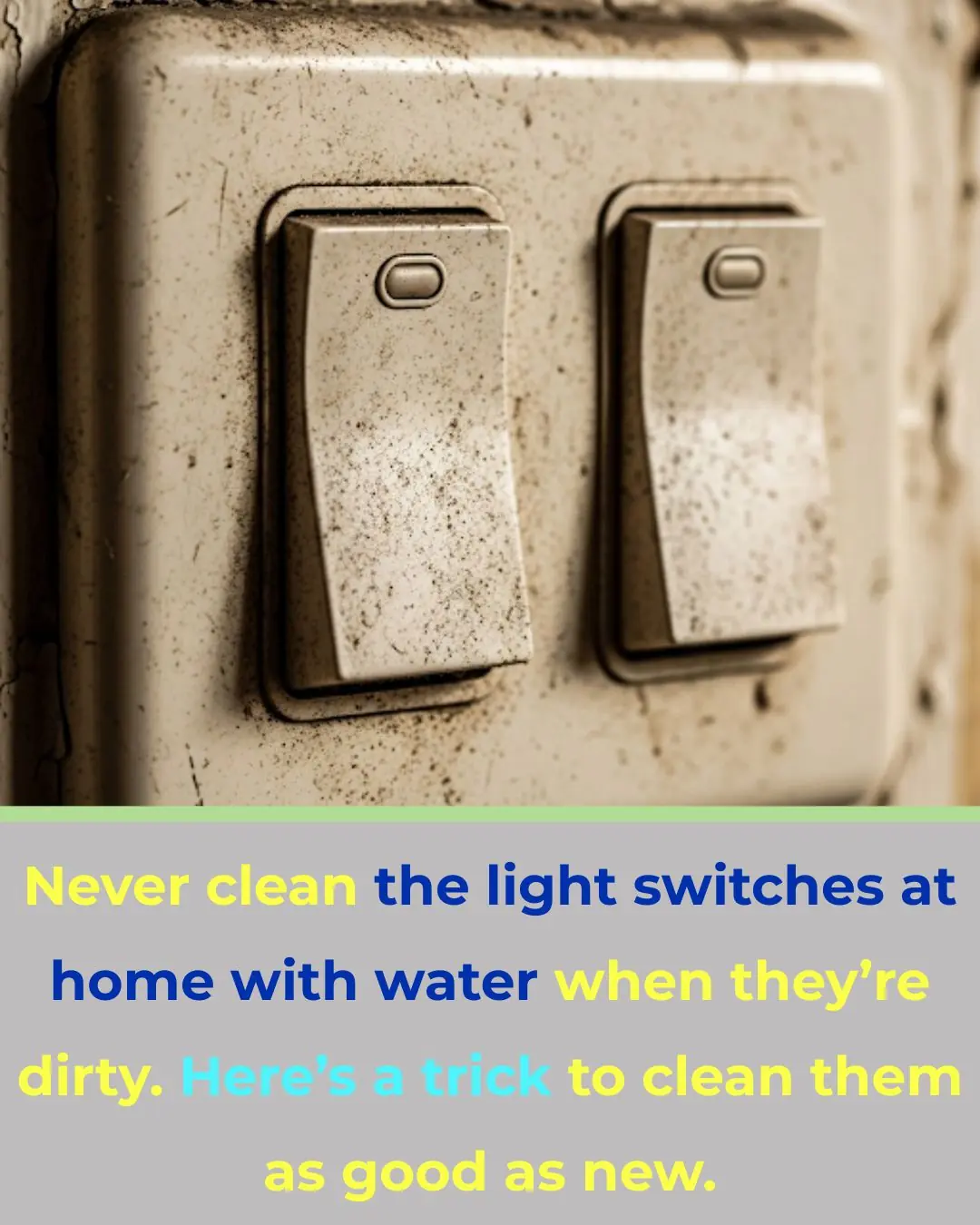
Never clean light switches with water—use this safe, foolproof method instead
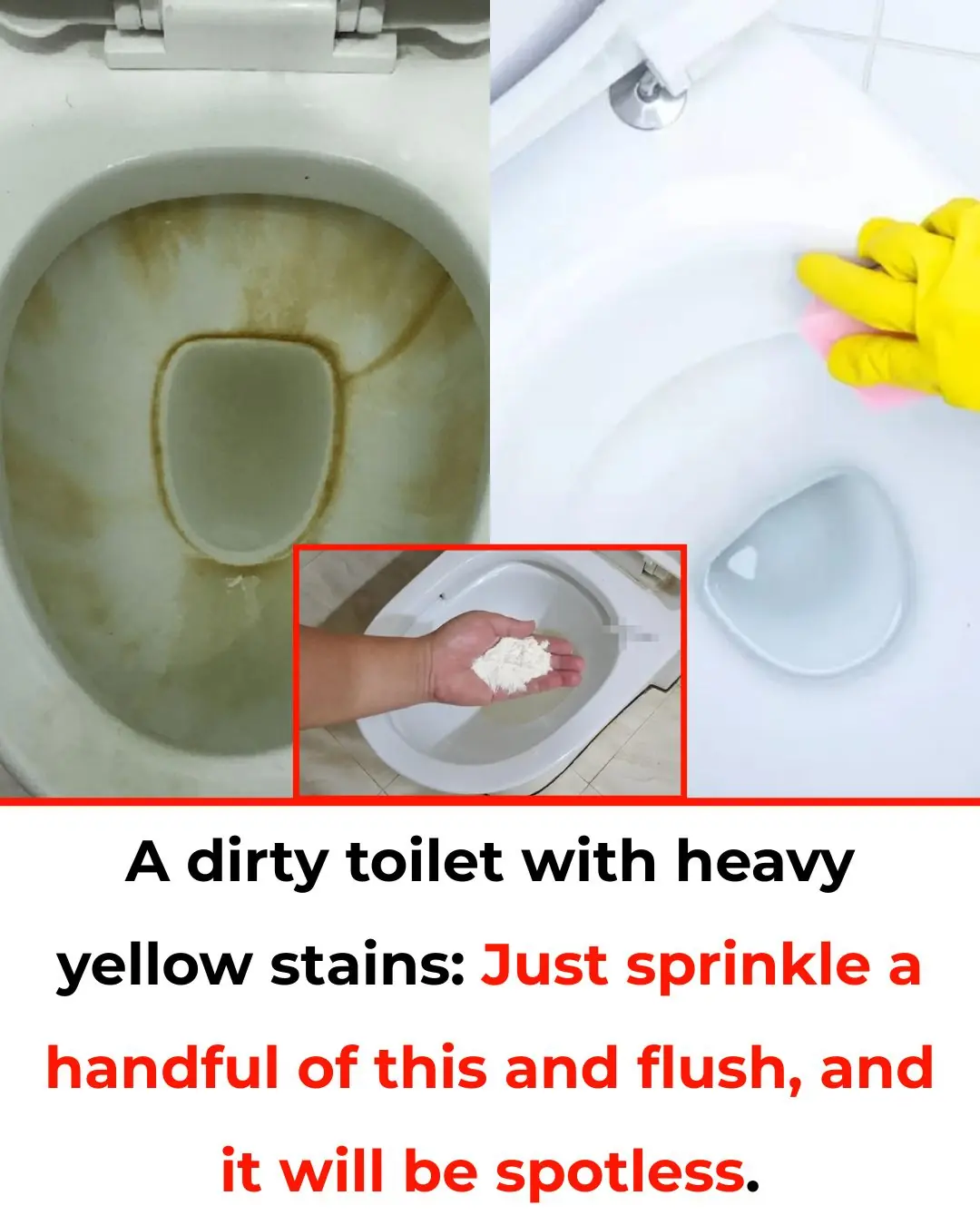
A dirty toilet with heavy yellow stains? Sprinkle a handful of THIS and flush (the safe way to make it spotless)

Don’t wear these two types of slippers on the plane—they can compromise your safety

No matter how rich you are, don’t place these 4 items next to the TV — or you’ll face many disadvantages
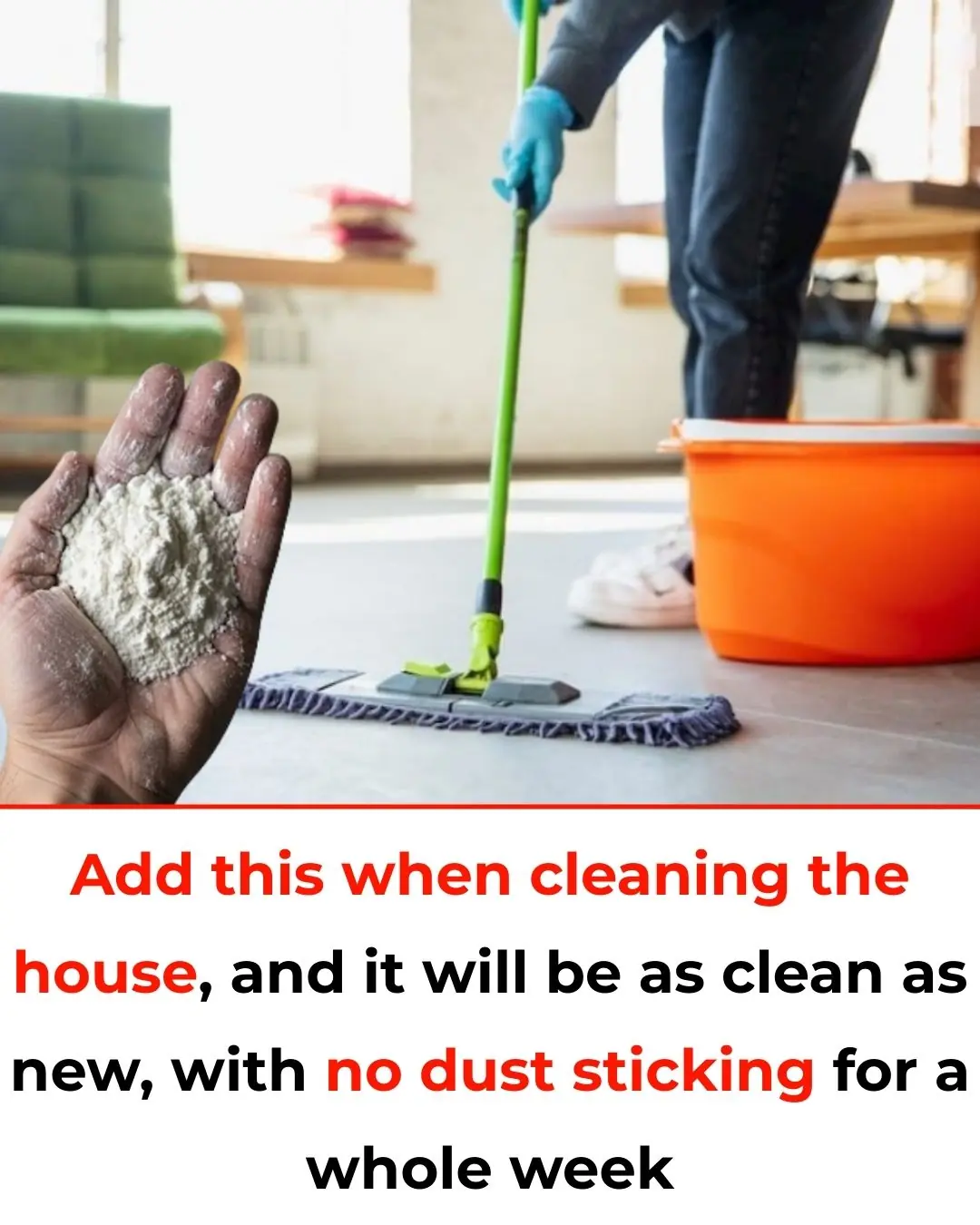
The Secret Ingredient for a Dust-Free Home for a Whole Week
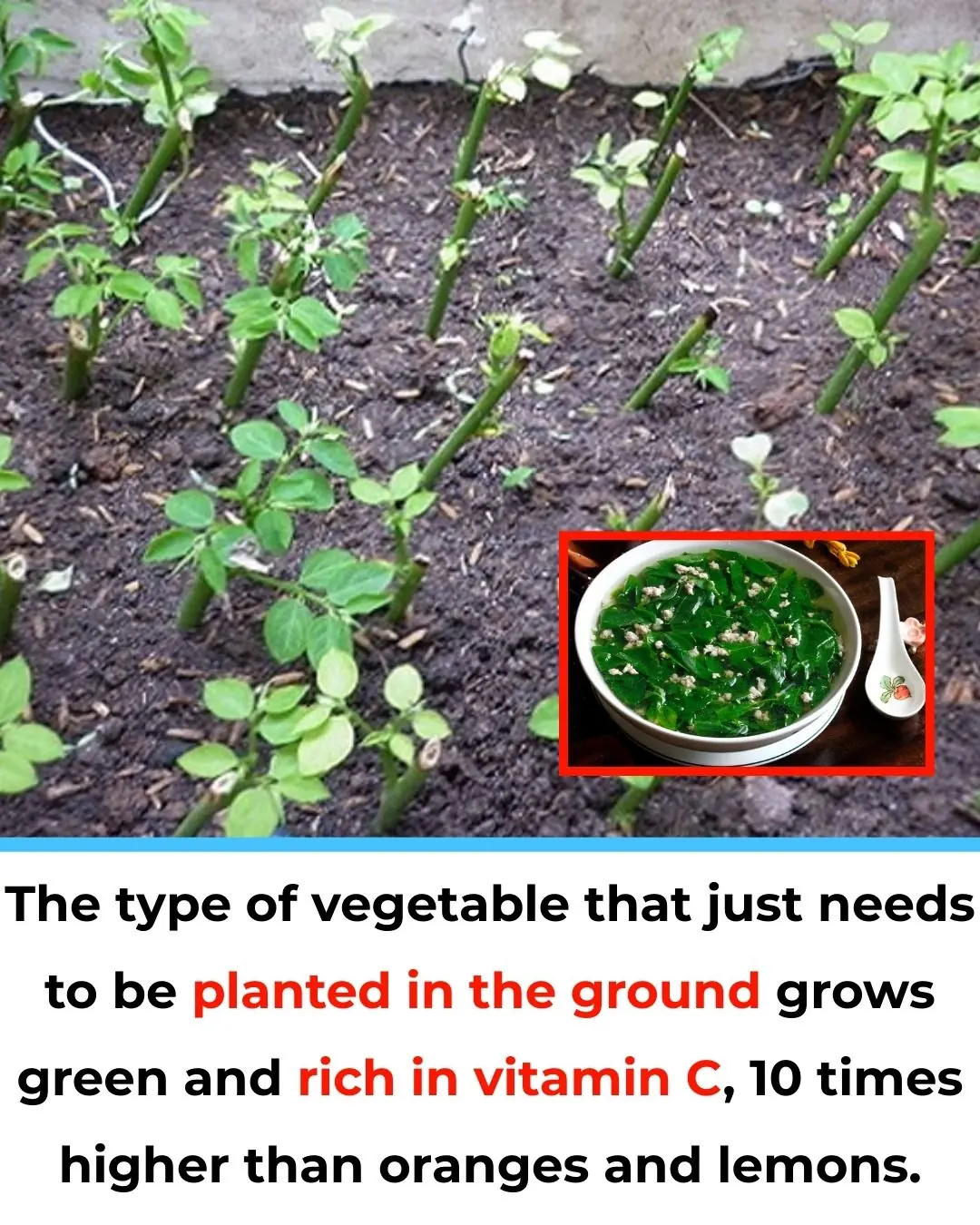
The Super Vegetable That Grows Green and Is Packed with Vitamin C—10 Times More Than Oranges and Lemons!
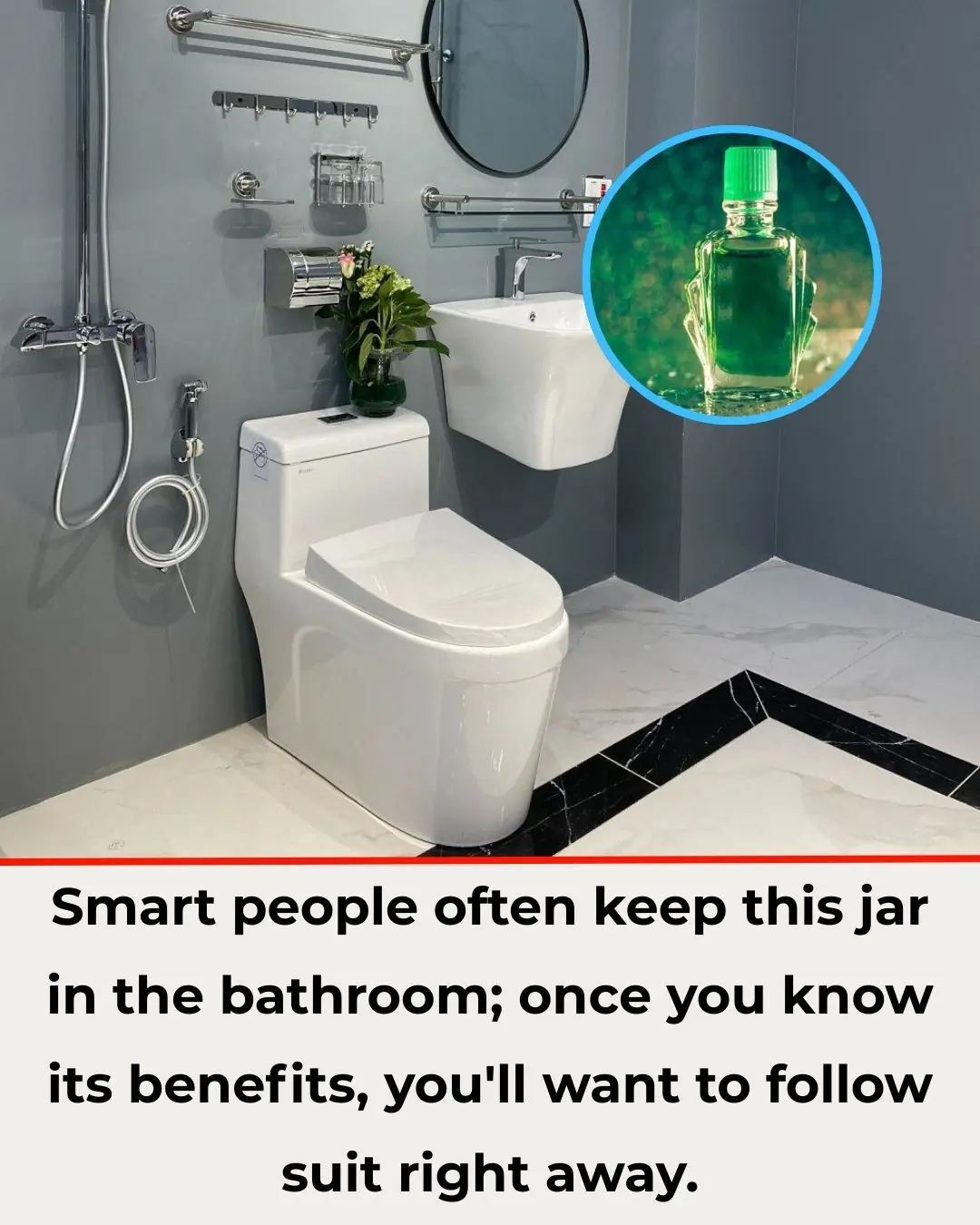
Why Smart People Keep This Jar in the Bathroom: The Surprising Benefits You Need to Know
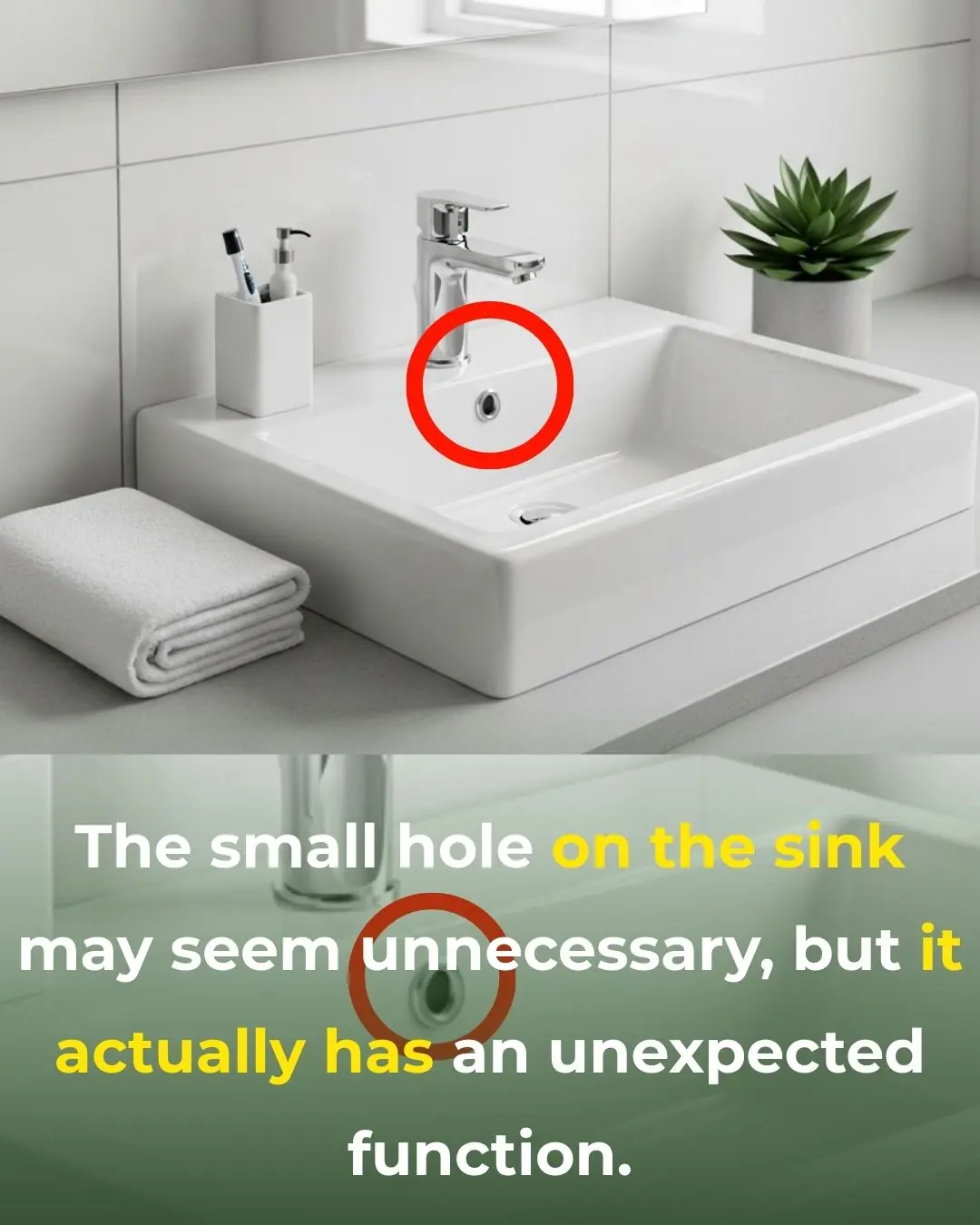
The Hidden Function of the Small Hole in Your Sink: Why It's Actually Essential
News Post

Rob Gronkowski forgot he invested $69,000 in Apple and ten years later the value has completely changed his net-worth

Scientists discover that powerful side effect of Ozempic could actually reverse aging
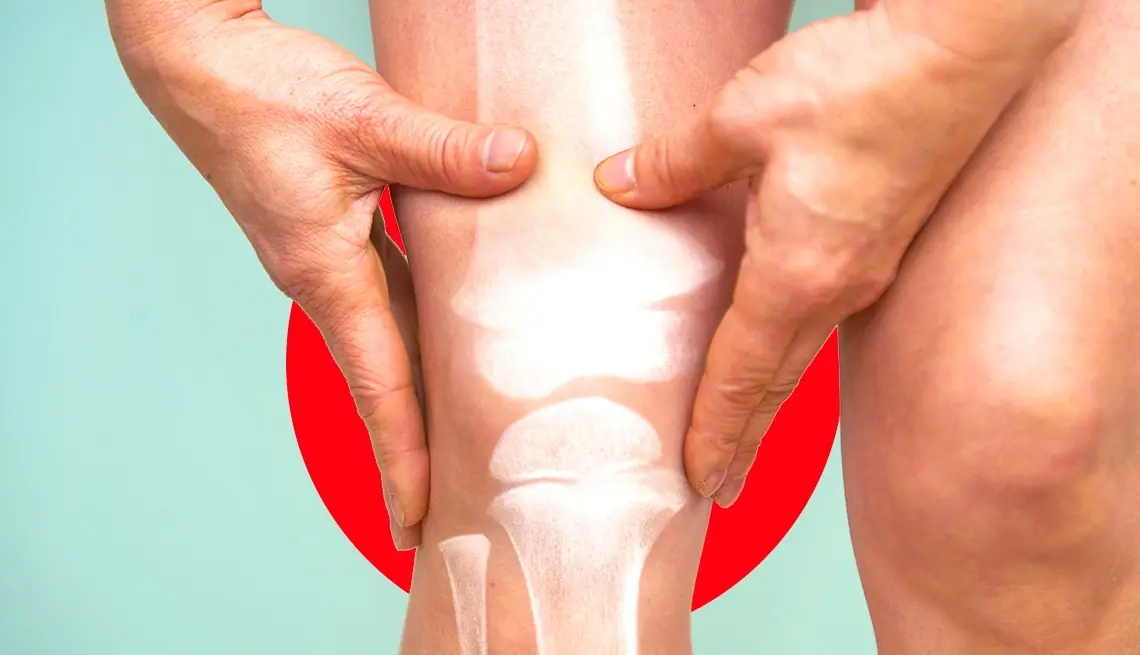
5 Common Habits That Are Slowly Destroying Your Knees Right Now

14 Powerful Benefits of Walking That Completely Change Your Body and Mind

These 5 Foods Are Fueling Cancer in Your Body. Number 1 Will Surprise You

8 Common Reasons For Waking Up at Night
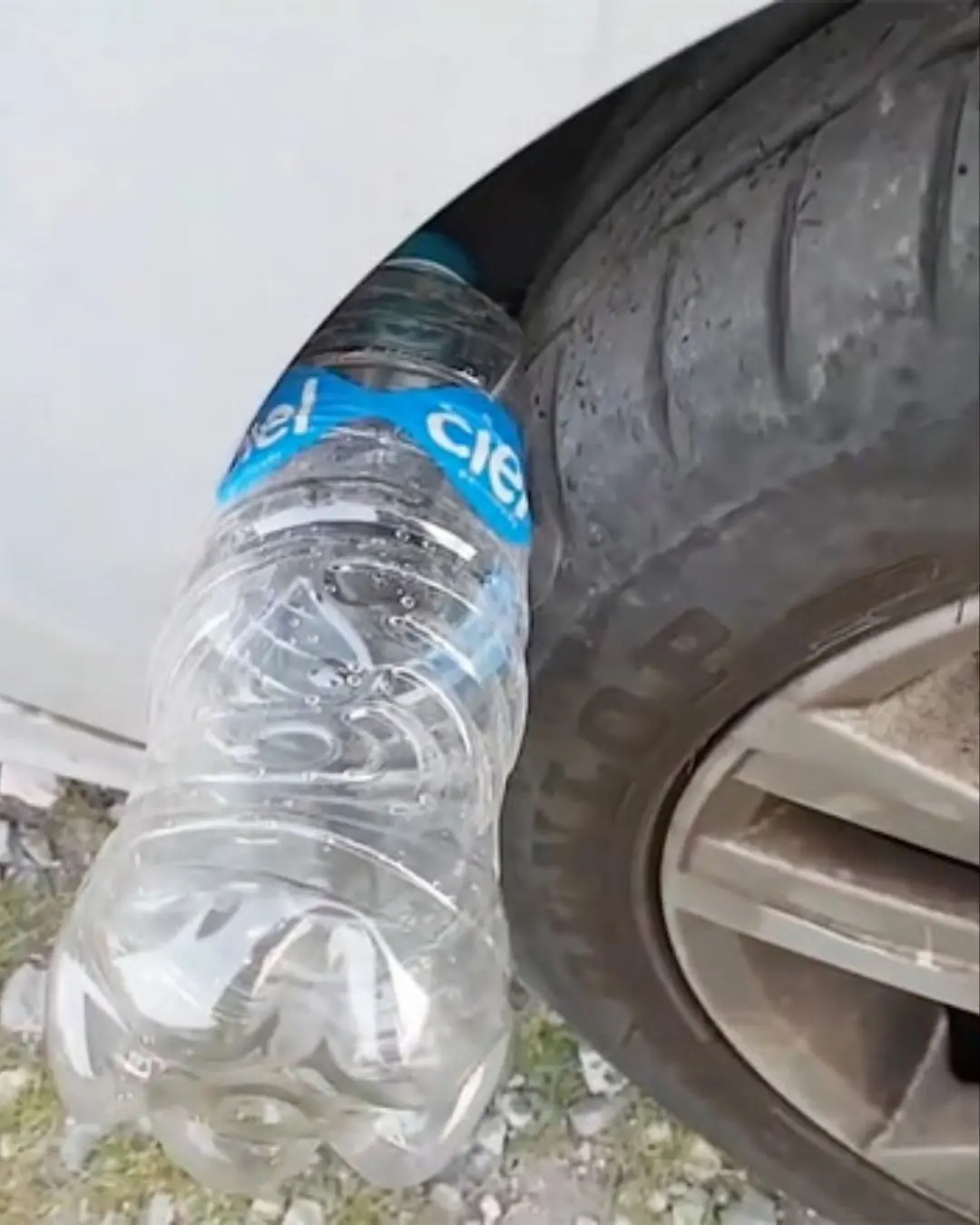
Beware of the Plastic Bottle Scam: A New Car Theft Tactic

Scientists warn ancient Easter Island statues could vanish in a matter of years

NASA astronaut describes exactly what space smells like and it's not what you'd expect

Don’t Clean the Fridge with Plain Water—Mix This In and It’ll Be Spotless and Odor-Free

Put a Handful of Pepper Under the Bed and Something Unexpected Happens—Something Bed Sellers Never Tell You

Rice Left in the Rice Cooker Overnight—Can You Still Eat It? The Answer May Surprise You

Oil Keeps Splattering When You Fry? Add This One Ingredient to the Pan—No More Splashes or Sticking

Clogged Kitchen Sink Drain? Don’t Rush to Call a Plumber—Try This to Clear It and Eliminate Odors

Washing Machine Loud and Shaking During Spin? Don’t Rush to Call a Technician—Do This and It’ll Run Smoothly

Should You Seal the Room When Running the Air Conditioner? Five Errors That Can Double or Triple Your Power Usage

Using an Electric Kettle: 9 Out of 10 Homes Make This Common Mistake – It’s Worth Reminding Family to Correct It Early
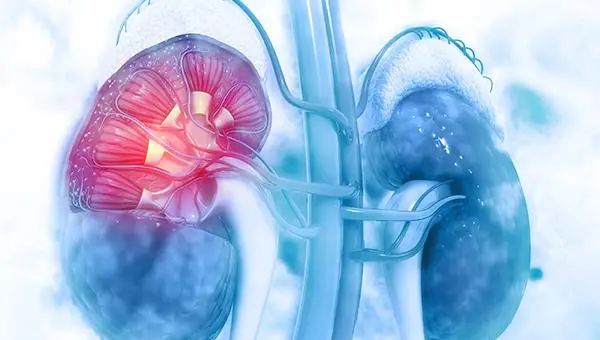
Early Signs of Kidney Disease and How to Protect Your Kidneys (Evidence-Based)
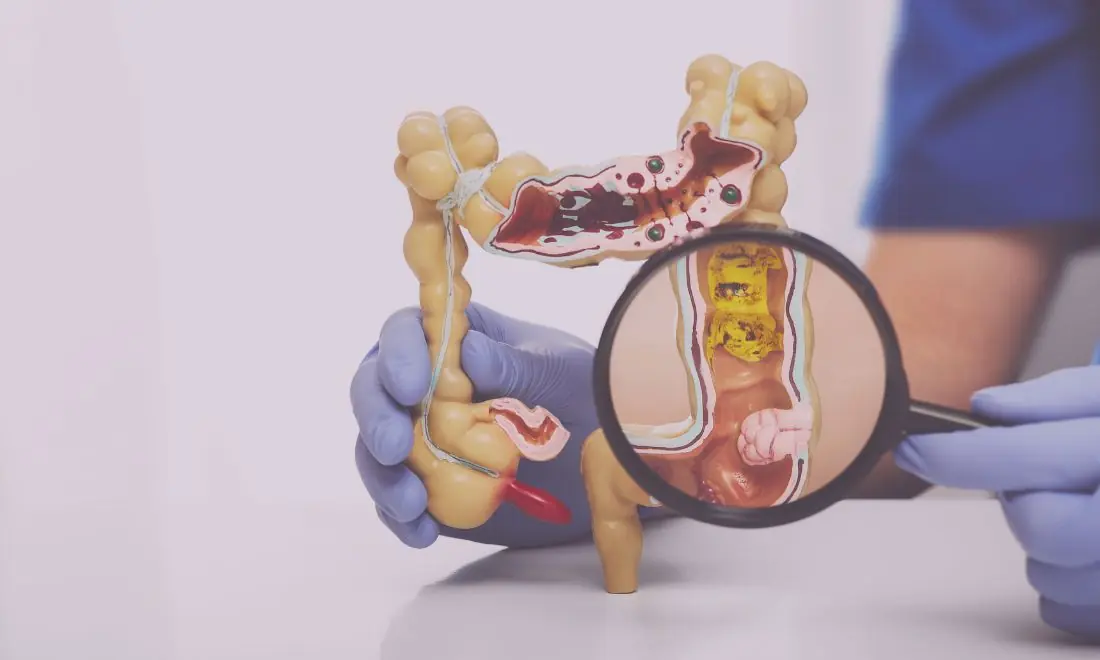
Colon Cleansing with Kefir and Flaxseed: A Natural Approach
